These are the 3 different aircraft we call the F-35
- By Alex Hollings
Share This Article
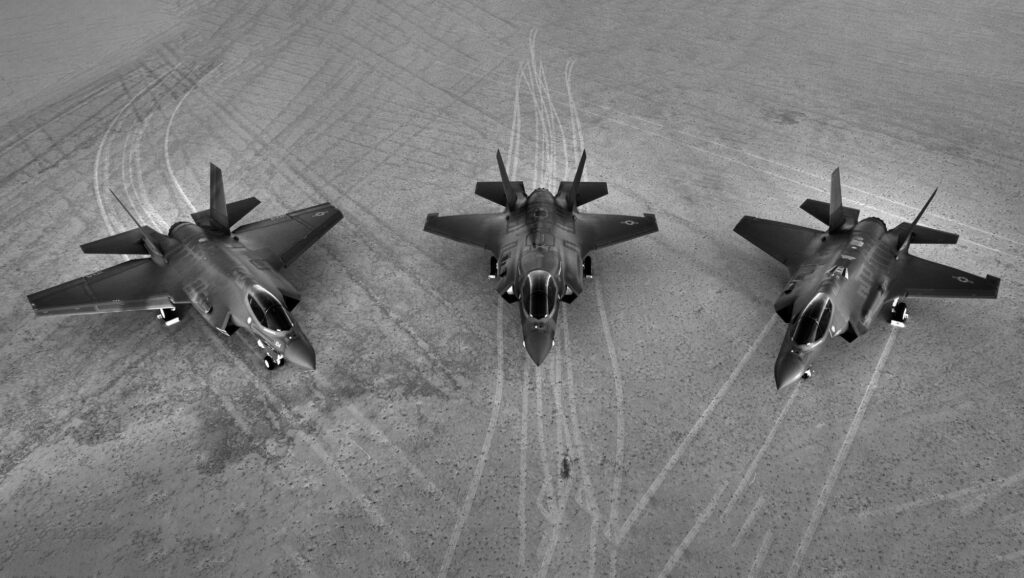
The F-35 Lightning II is the most technologically advanced and capable tactical fighter in the skies today, but depending on how you look at it, it could really be considered three aircraft instead of one.
The Joint Strike Fighter (JSF) program that would ultimately produce the F-35 was based around the idea that a single broadly capable aircraft could fill the roles of multiple in-service platforms approaching the ends of their service lives. Ultimately, it was decided to field three distinct variants of this new stealth fighter, each identified via one letter of the alphabet: the F-35A, F-35B, and F-35C.
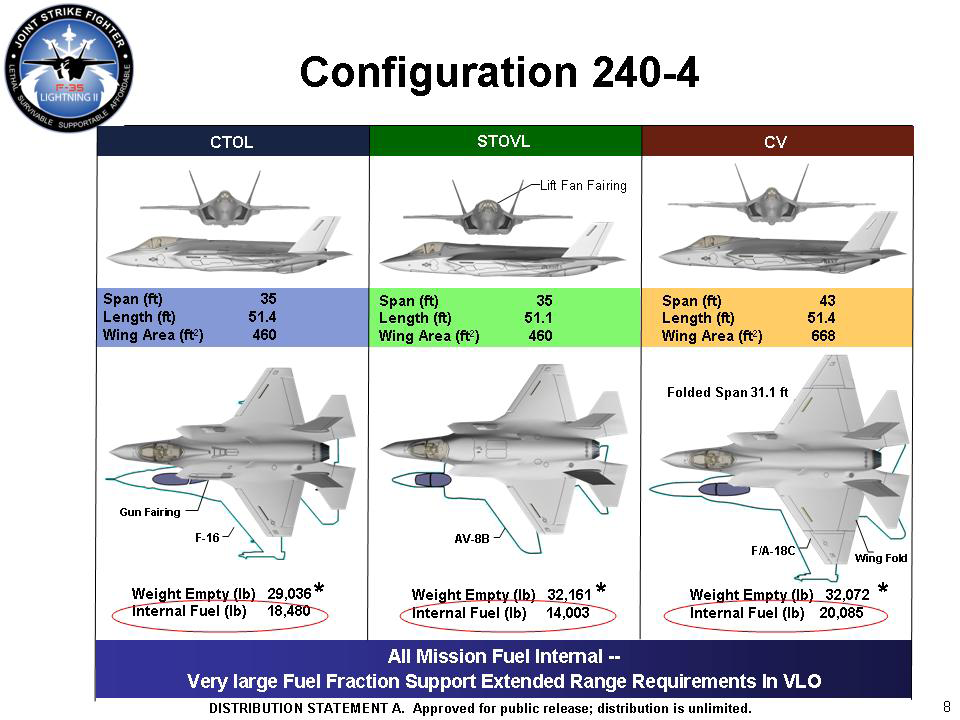
Related: The F-35 is getting a $15 billion upgrade that’ll make it a powerhouse
F-35A – Conventional Take-Off and Landing (CTOL)
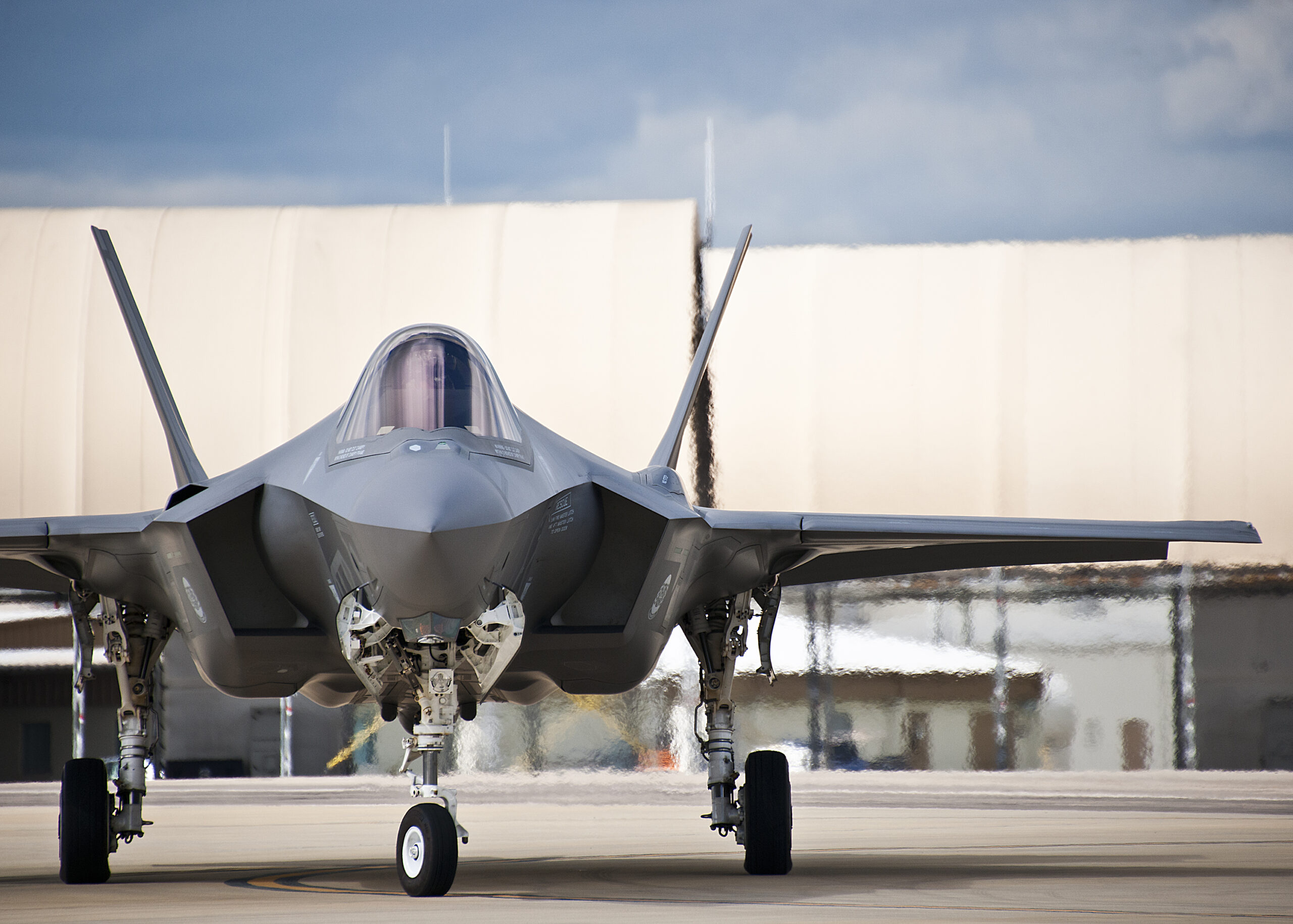
Put plainly, the F-35A is the runway queen of the group. It’s a fighter in the traditional sense, right down to requiring approximately 8,000 feet of clean and manicured runways for take-off and landing. Because this aircraft operates like a traditional fighter, it’s the lowest-cost and lightest of the three F-35 variants.
Related: There are more F-35s in the sky today than all other stealth aircraft combined
F-35B – Short Take-Off, Vertical Landing (STOVL)
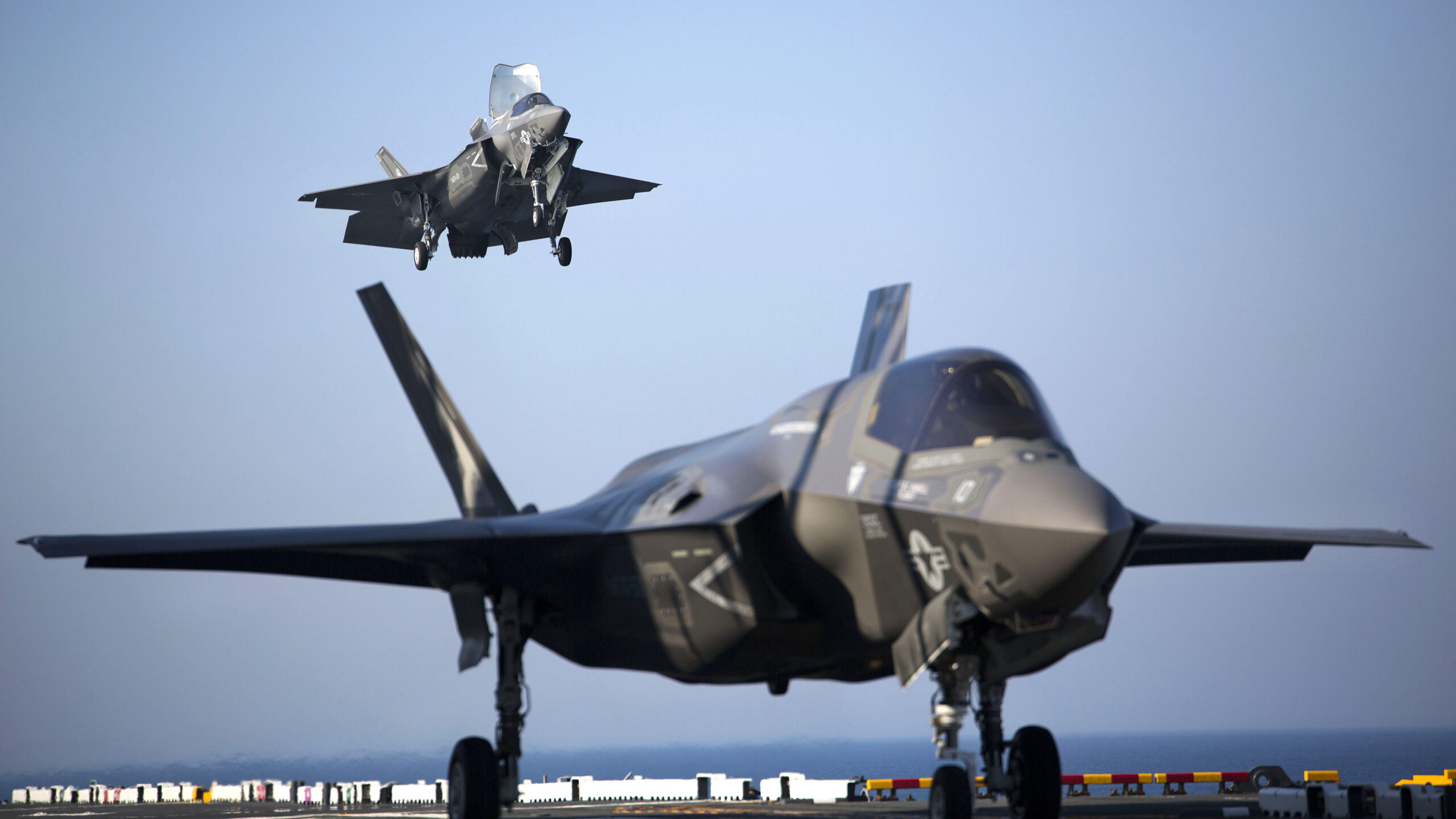
The F-35B is the most mechanically complex of the three F-35 variants, thanks in no small part to its short take-off and vertical landing (STOVL) capability. The F-35B was designed to be operated from austere airstrips and ocean-going vessels that are smaller than America’s supercarriers. It can take off with just 600 feet of runway with a full payload, or even take off from a shorter runway if it can use a ramp like those found on some countries’ aircraft carriers.
The F-35B has the same basic wingspan as the F-35A, but less internal storage capacity due to a lifting fan positioned just behind the cockpit that allows the aircraft to land vertically.
Related: Just how good would an F-22/F-35 Hybrid Fighter really be?
F-35C – Carrier Variant
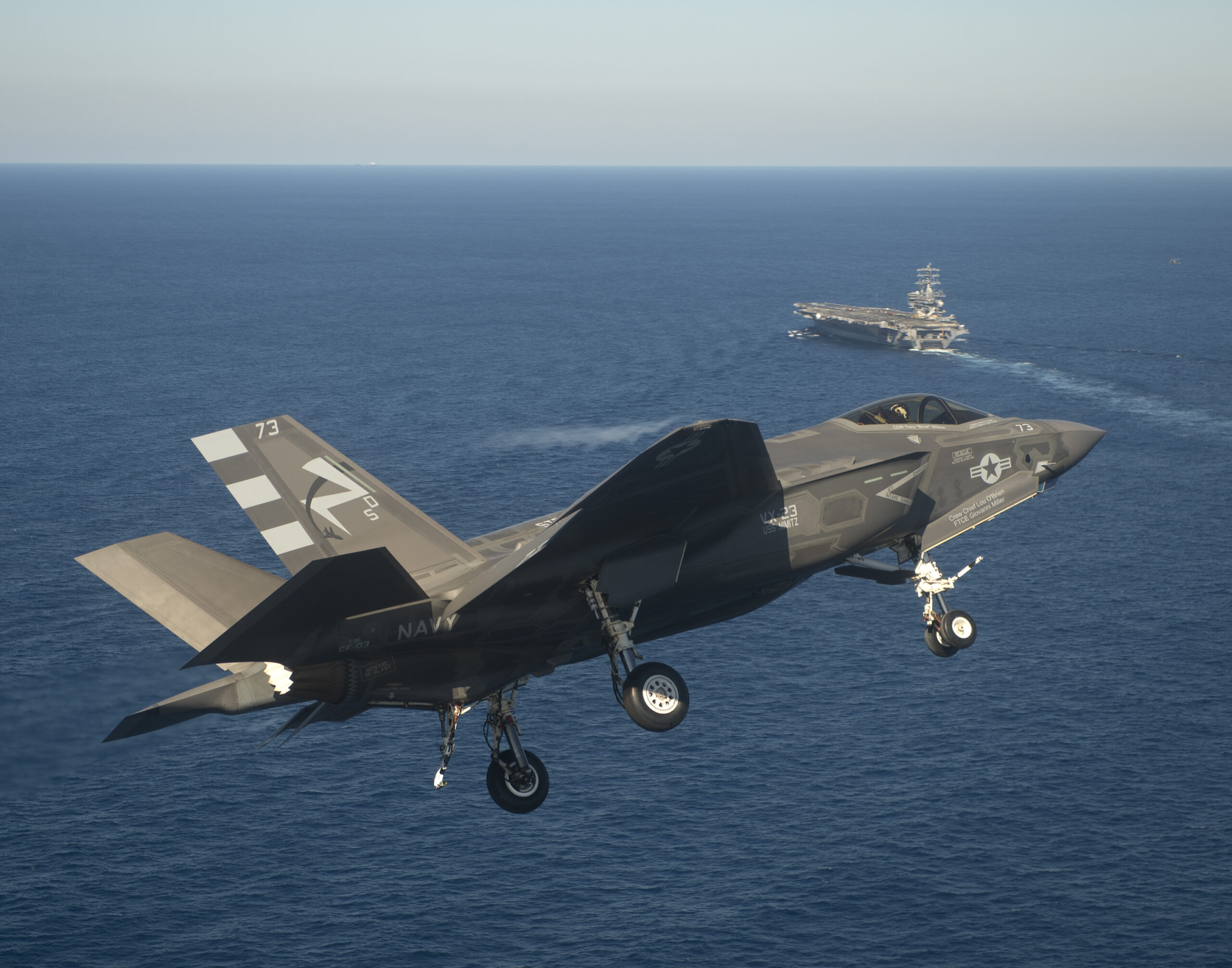
The F-35C is purpose-built for carrier operations aboard America’s fleet of Nimitz- and Ford-class supercarriers. As such, it comes equipped with heavy-duty landing gear and a tail hook for carrier landings. It also has the widest wingspan of the bunch for the sake of maintaining lower speeds during take-off and landing. That added wingspan also provides the F-35C with the greatest internal fuel storage of the three variants, allowing for a slightly longer combat radius.
Feature image modified by Alex Hollings, originally sourced from Lockheed Martin
Read more from Sandboxx News
- Energy drinks – The unsung hero of the Global War on Terror
- Martha Gellhorn: The only woman present on D-Day
- The INSAS – Is this the worst assault rifle ever made?
- Martha Gellhorn: The only woman present on D-Day
- Army partners with Sandboxx to launch app that increases engagement with recruits and helps them prepare before basic training
Related Posts
Sandboxx News Merch
-

‘Sandboxx News’ Dad Hat
$27.00 Select options This product has multiple variants. The options may be chosen on the product page -

‘AirPower’ Golf Rope Hat
$31.00 Select options This product has multiple variants. The options may be chosen on the product page -

F-35 ‘Lightning’ Framed Poster
$45.00 – $111.00 Select options This product has multiple variants. The options may be chosen on the product page

Alex Hollings
Alex Hollings is a writer, dad, and Marine veteran.
Related to: Airpower
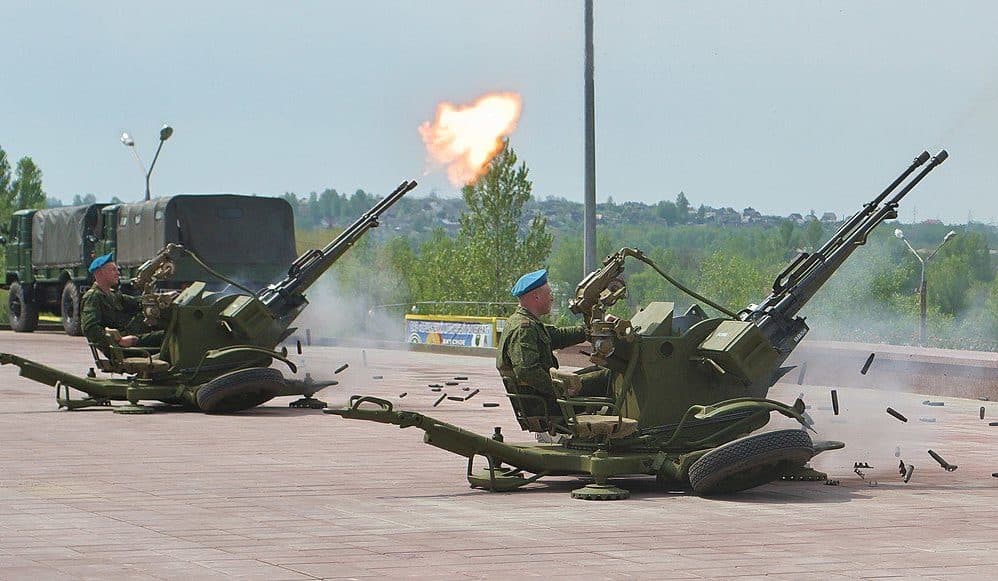
A Green Beret remembers his favorite foreign weapons
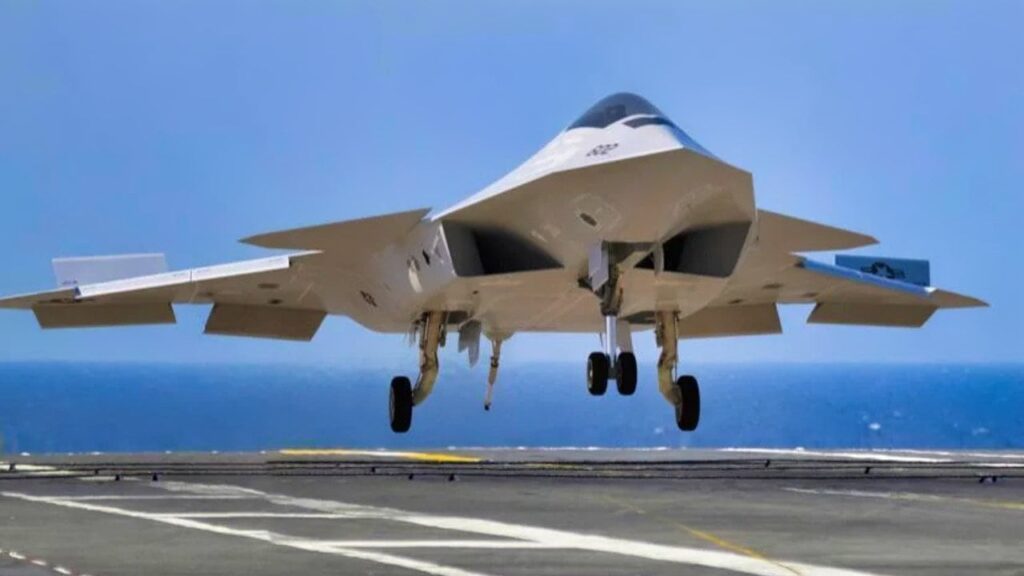
Navy will soon announce the contract award for its F/A-XX 6th-generation jet, according to reports
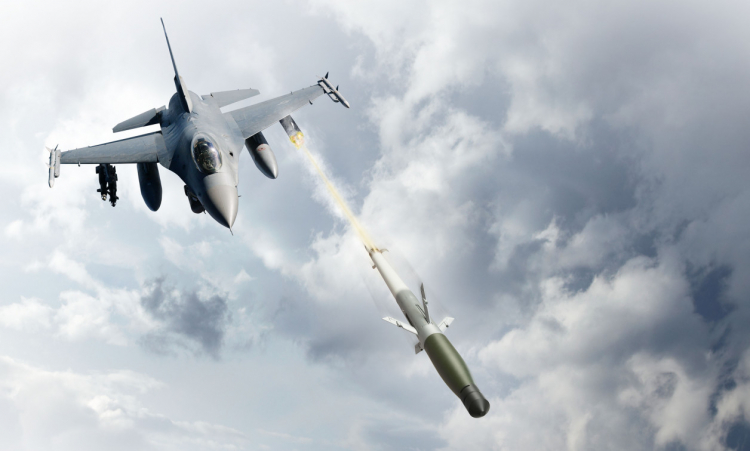
America’s new air-to-air missile is a drone’s worst nightmare
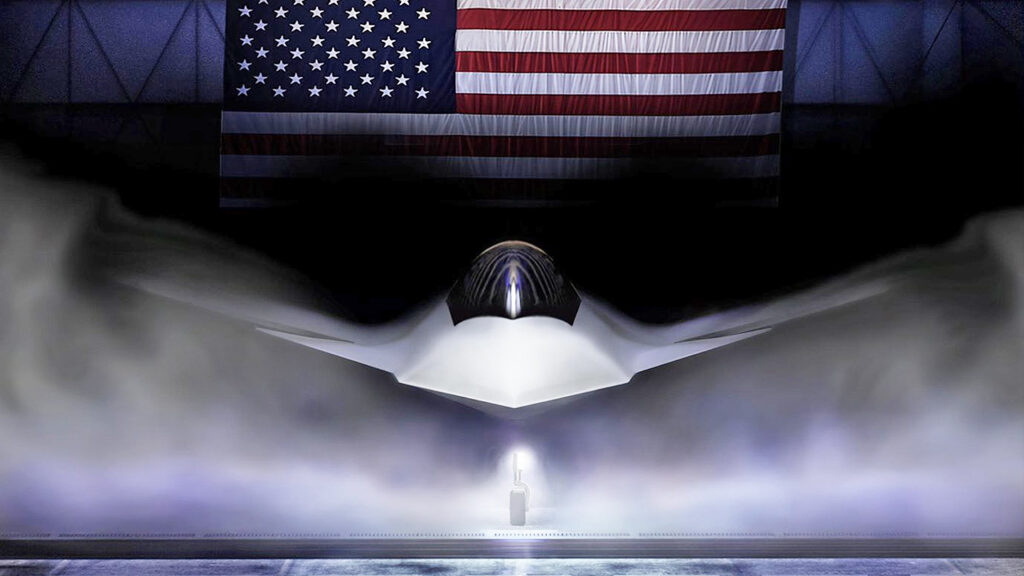
What we can deduce about the Boeing F-47 and its capabilities so far
Sandboxx News
-

‘Sandboxx News’ Trucker Cap
$27.00 Select options This product has multiple variants. The options may be chosen on the product page -

‘AirPower’ Classic Hoodie
$46.00 – $48.00 Select options This product has multiple variants. The options may be chosen on the product page -

‘AirPower’ Golf Rope Hat
$31.00 Select options This product has multiple variants. The options may be chosen on the product page -

‘Sandboxx News’ Dad Hat
$27.00 Select options This product has multiple variants. The options may be chosen on the product page
